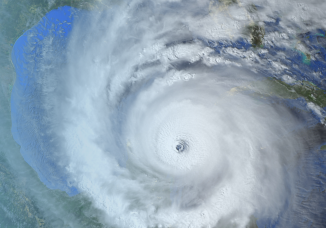Comprehensive Hurricane Preparedness Checklist for Facilities Teams

A comprehensive checklist to help you prepare your facilities for hurricane season.

A comprehensive checklist to help you prepare your facilities for hurricane season.